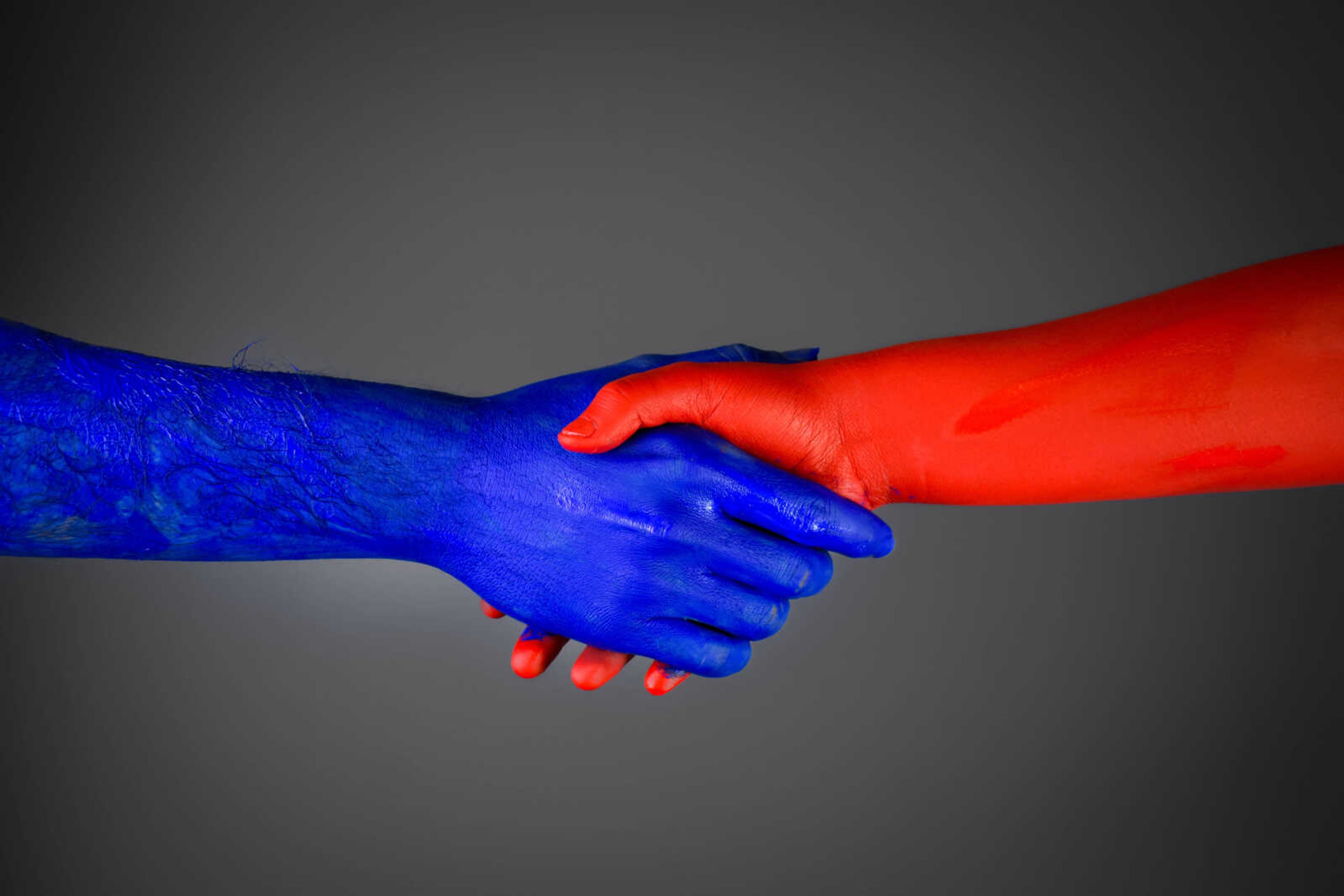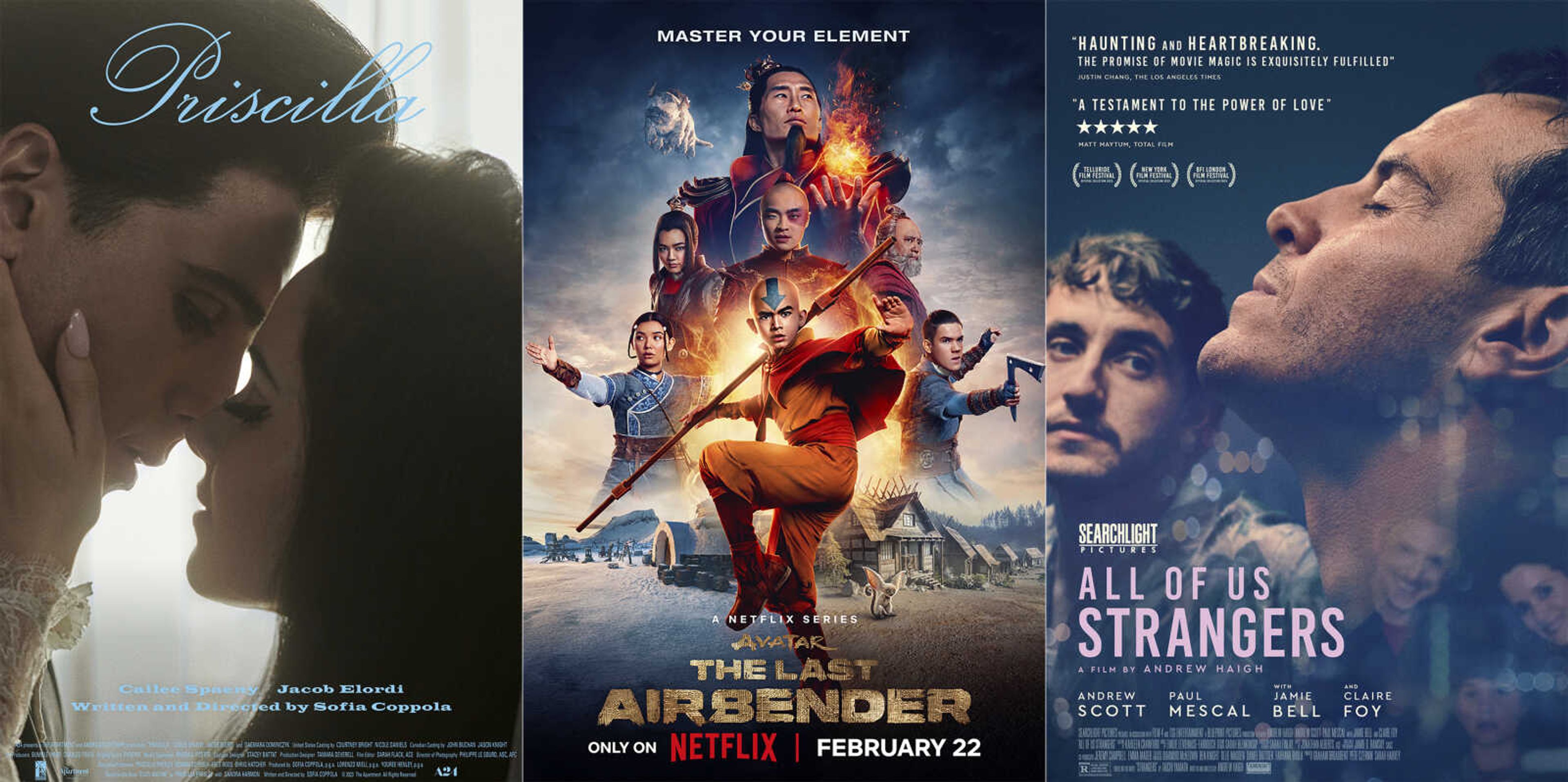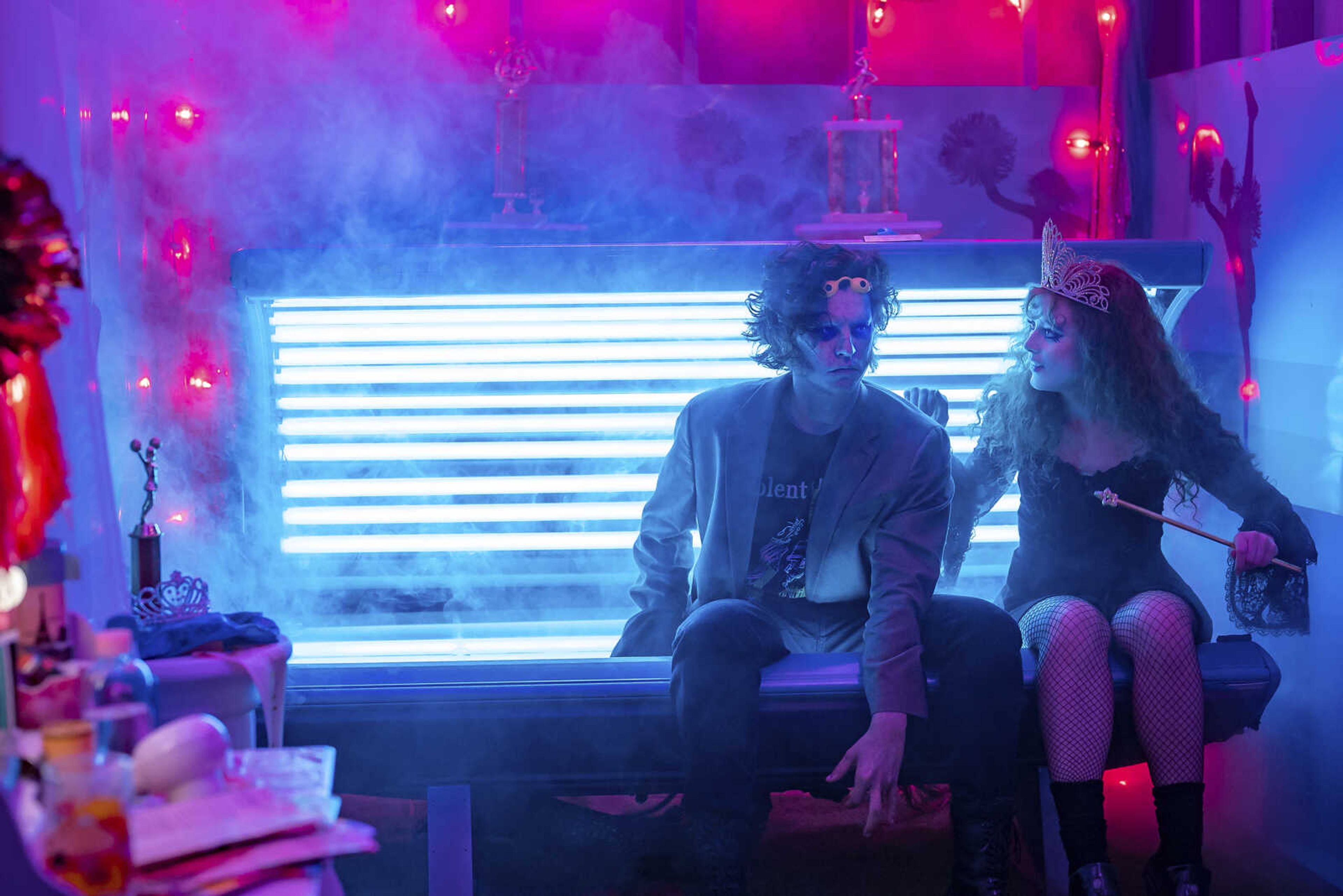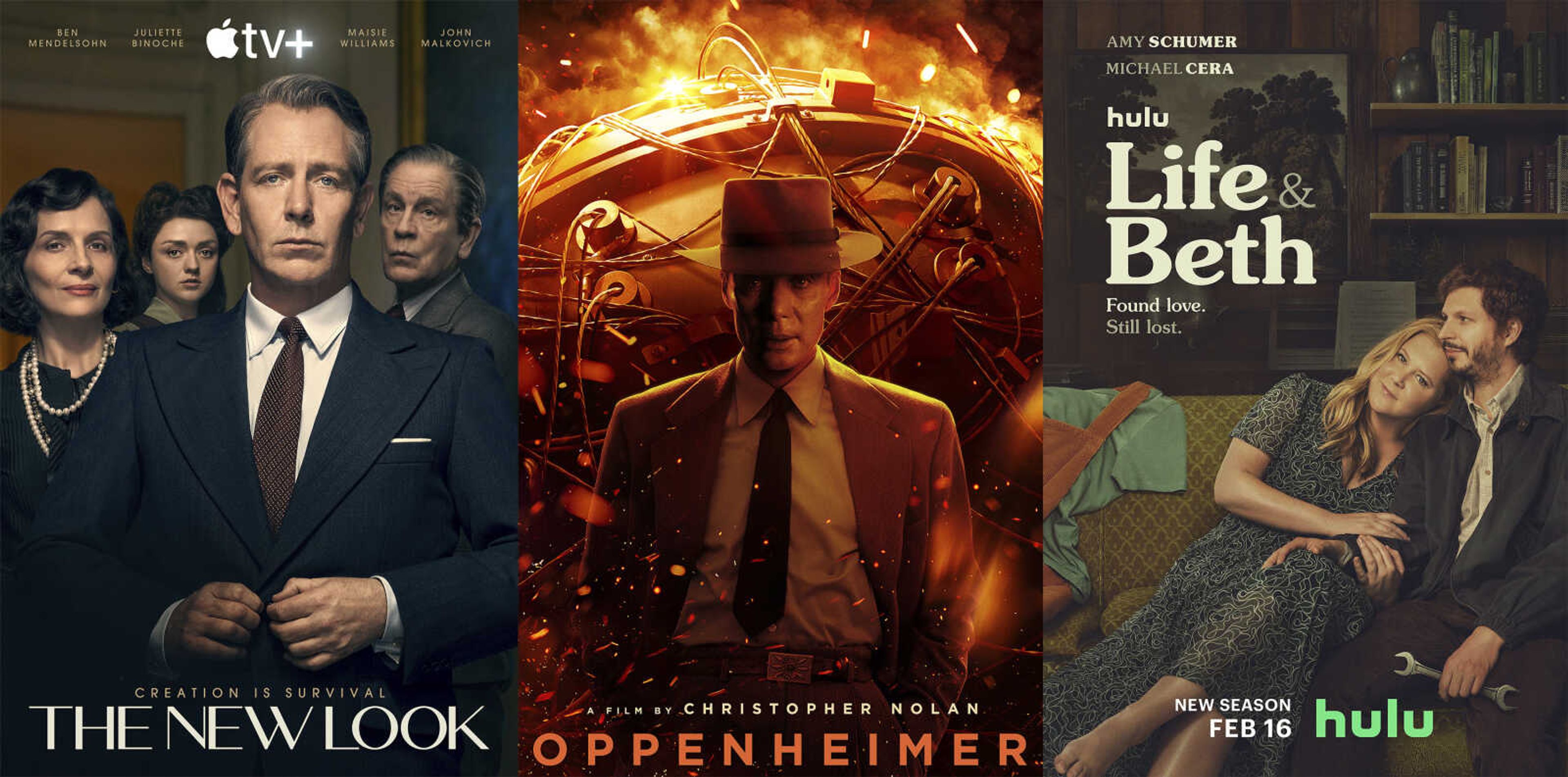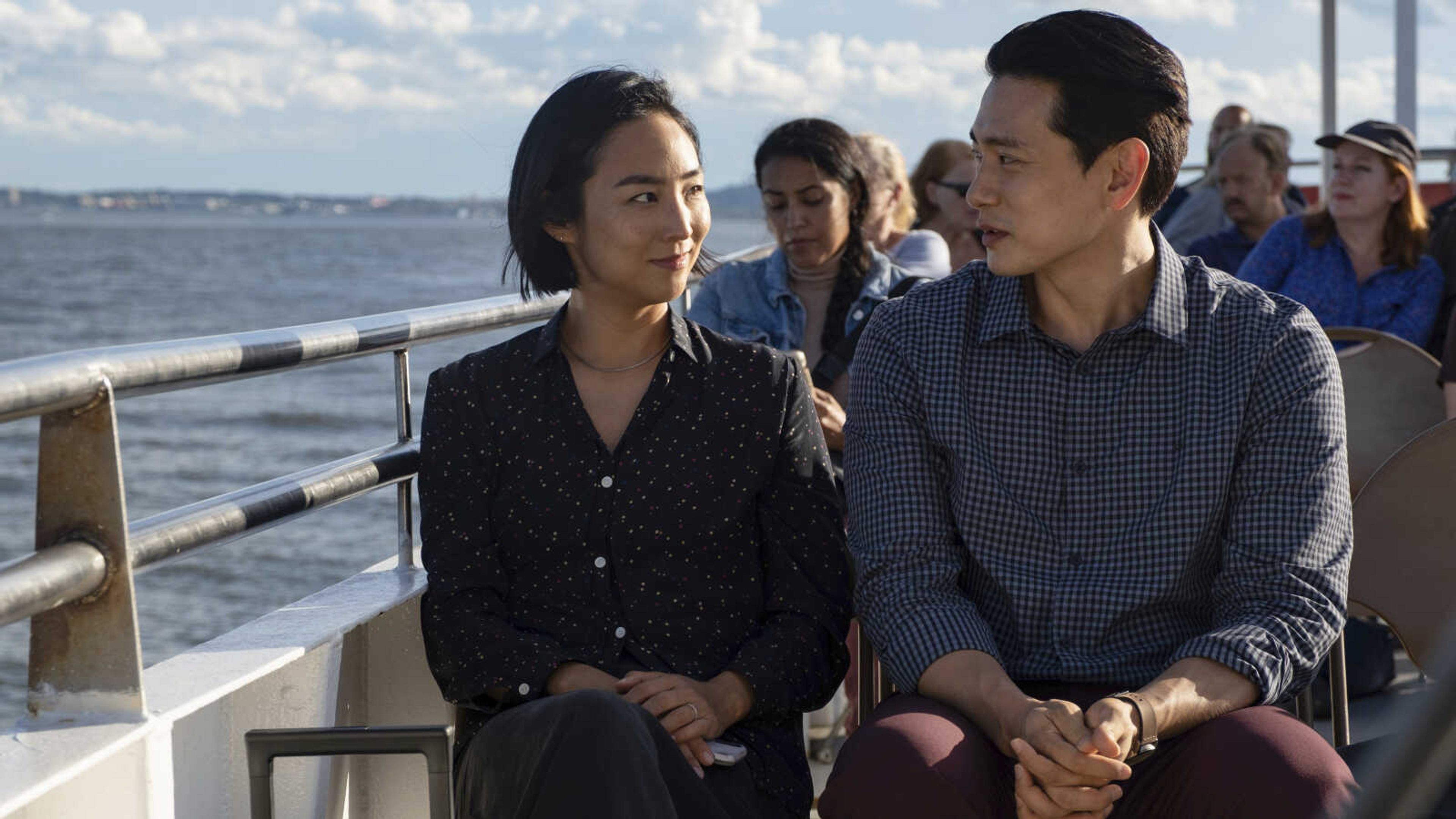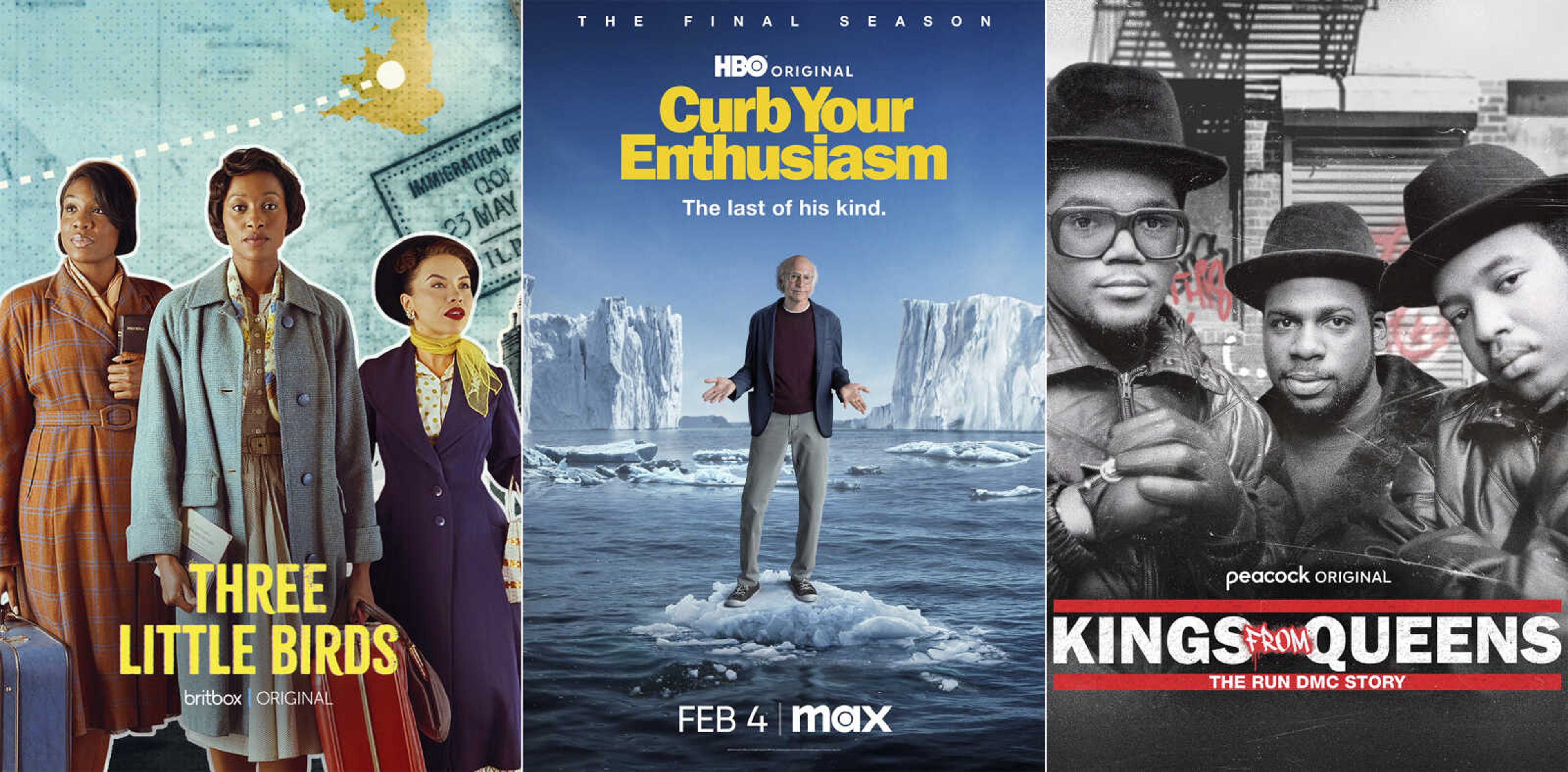Hollywood offers more of same with record year for sequels
LOS ANGELES -- All good things must end, except in Hollywood, where pretty much anything that finds an audience the first time becomes ripe for a follow-up. Studios this year are delivering a record 25 sequels or prequels, the big onslaught starting with pre-summer releases of "X2: X-Men United" and "The Matrix Reloaded."...
LOS ANGELES -- All good things must end, except in Hollywood, where pretty much anything that finds an audience the first time becomes ripe for a follow-up.
Studios this year are delivering a record 25 sequels or prequels, the big onslaught starting with pre-summer releases of "X2: X-Men United" and "The Matrix Reloaded."
Sequels used to be hasty carbon copies meant to wring out a few more dollars from an earlier success. Studios today have learned that putting more thought and resources into follow-ups can produce franchises with bigger returns.
Hollywood's never-ending stories this year range from highly anticipated installments in "The Terminator," "Tomb Raider," "Charlie's Angels" and "Legally Blonde" franchises to lower-profile horror and animated movies like "Jeepers Creepers 2" and "Rugrats Go Wild."
Most weekends during the busy summer season bring at least one sequel or prequel, while fall and early winter are packed with such encores as "The Lord of the Rings: The Return of the King," "The Matrix Revolutions," "Barbershop 2" and "Scary Movie 3."
Have studios hit the point of sequel overload?
"I think you have to take each movie for its own value. There will be those you'll roll your eyes over and others you can't wait to see," said Carrie-Anne Moss, who returns in "The Matrix" sequels. "It all has to do with the intention. If someone's intention is just to make money and exploit something for profit, then it's not good. If it's thoughtfully done, the proof's in the pudding."
Actors can be reluctant to return and characters often wear out their welcome with audiences if sequels become too repetitive. Sometimes, a new twist can reinvigorate a franchise.
'I think they'll be happy'
This summer's "American Wedding" tries that by reuniting most of the "American Pie" gang for the nuptials of Jason Biggs' and Alyson Hannigan's characters.
"I wasn't really interested in doing something that would just be 'American Pie 3,"' Hannigan said. "We still do have the elements that made the first ones work, the gross-out humor and the heart. But people who would have been groaning, 'Don't do a third one,' I think they'll be happy, because there's a different story line, which is a wedding."
Sequels have been a Hollywood habit almost from the start. In silent-movie days, serials such as "The Perils of Pauline" offered recurring characters, while beloved figures such as Charles Chaplin's Little Tramp had repeated screen adventures.
Then as now, the idea was that whatever clicked with audiences before might again.
"Certainly, the advantage of sequels is there's a pre-sold audience that knows what they're getting," said Harrison Ford, who plans to reteam with Steven Spielberg and George Lucas next year to shoot a fourth "Indiana Jones" movie. "When a film is successful the first time out, they have a better chance in the marketplace with a second one."
"The reason you see so many sequels is that studios feel it's the only safe thing," said "Terminator" star Arnold Schwarzenegger. "No one's figured out after 5,000 years yet what is a guaranteed hit, so they say, 'Hey, let's go back to the proven thing, what's worked before."'
Before 1980, any given year might produce only two or three sequels. The number generally rose through the 1980s, with box-office tracker Exhibitor Relations counting 19 sequels in 1990.
It has ebbed and flowed since then, with the number of sequels and prequels falling to nine in 2001 then shooting up to 19 again last year and 25 this year, according to Exhibitor Relations' Paul Dergarabedian.
In the 1970s and early '80s, "Star Wars," "Jaws," "Rocky," "Superman" and "Star Trek" were among franchises that kicked sequels into high gear.
In those days, sequels often were inferior knockoffs resulting in dwindling box-office returns for successive movies. The franchises generally were turned over to lesser filmmakers, and key cast members often did not return.
"Aliens" in 1986 was a rare success in which a new filmmaker, James Cameron, crafted a rousing sequel rooted in the original but with a wildly different style. Ridley Scott's "Alien" essentially was a slow-paced haunted-house tale in space, while Cameron's follow-up was an action dynamo.
"I don't think people felt that it was a violation of the trust or the things that interested you in the first film," Cameron said. "But it didn't feel like a clone of the first one. I mean, how can you beat Ridley at what Ridley does? You can't."
A handful of major filmmakers -- Lucas with "Star Wars," Spielberg with the "Indiana Jones" and "Jurassic Park" movies, Robert Zemeckis with "Back to the Future" -- maintained control of their franchises so the follow-ups met their standards.
That's becoming more the norm today with franchises such as "The Matrix," "The Mummy," "Austin Powers," "Men in Black," "X-Men" and "Charlie's Angels." Studios have learned that keeping the cast and director intact, along with much of the support team, can result in well-tailored sequels whose revenues approach or exceed those of the originals.
"If you think about your favorite television series, the first episodes often aren't very good at all. They're just getting their feet wet," said "Spy Kids" and "Desperado" creator Robert Rodriguez, who has sequels to both franchises due out this year, "Spy Kids 3-D: Game Over" and "Once Upon a Time in Mexico."
"If you get the original creative team back on a film, they can really fine-tune what they tried to do with the first one, and instead of making a cheap, quick knockoff, actually make a better sequel out of it."
Sam Raimi returns to direct next year's "Spider-Man" sequel. Chris Columbus remains a producer on the next "Harry Potter" movie after directing the first two. Peter Jackson had the unprecedented opportunity to spend nearly $300 million shooting all three "The Lord of the Rings" movies simultaneously.
The sequels craze makes it all the harder for filmmakers to sell studios on new ideas: Even as they consider a fresh script, studio executives often gauge a project's sequel potential.
Filmmakers say that's not necessarily a bad thing, as long as studios keep an eye on story quality along with the dollar signs.
"Sure, it's great to see original stories, but this isn't the first year of sequels," said Charles Herman-Wurmfeld, director of "Legally Blonde 2: Red, White & Blonde." "Aristophanes wrote sequels. So did Aeschylus and Shakespeare. It's a natural impulse for a storyteller to say, 'Yes, I like this story and want to expand on it.' You just hope the goal would be to do it with excellence."
Connect with the Southeast Missourian Newsroom:
For corrections to this story or other insights for the editor, click here. To submit a letter to the editor, click here. To learn about the Southeast Missourian’s AI Policy, click here.



